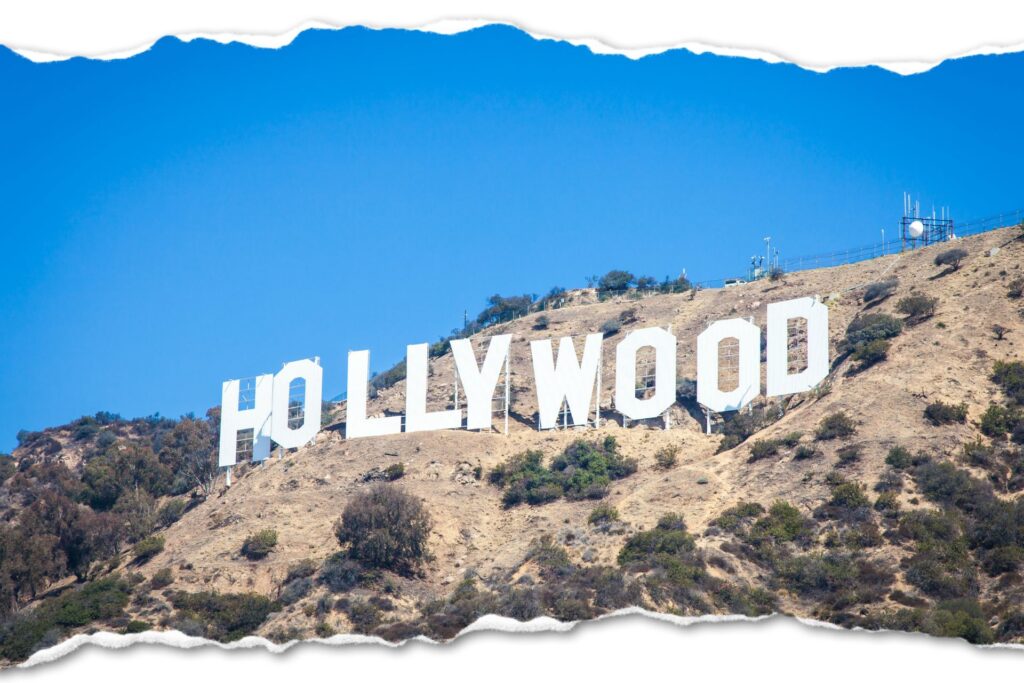
As artificial intelligence becomes more capable, the film and television industry faces a genuine crossroads. On one hand, AI can streamline labor-intensive tasks—script breakdowns, visual effects, voice modulation and de-aging—and even contribute to creative exploration. On the other, runaway budgets driven by the streaming wars have grown so vast that no amount of digital efficiency alone will satisfy studio CFOs. Perhaps the biggest opportunity lies in letting AI tackle more imaginative aspects of storytelling, rather than confining it to back-office chores.
The Streaming Arms Race and Budget Overruns
In recent years, Netflix, Amazon Prime Video, Apple TV+, Disney+ and Warner Bros. Discovery have thrown staggering sums at original content, desperate to hoard subscribers. Single episodes of prestige dramas now rival blockbuster films in cost, and bidding wars routinely push prices far beyond a project’s intrinsic value. Shows like Stranger Things carry price tags north of $30 million per episode, while high-profile epics such as Lord of the Rings and Citadel have budgets to match. Creative competition may thrill audiences, but it has sent production costs into the stratosphere.
Cracks in the ROI Model
The logic was once simple: build an enormous library to spur subscriber growth. But as growth decelerates and investors demand profitability, the financial model is creaking. Apple TV+ reportedly loses over $1 billion a year despite spending more than $5 billion on originals since its 2019 launch. With subscriber momentum stalling, every dollar spent beyond necessity suddenly stands out—and executives are hunting for ways to rein in runaway expenditures.
AI’s Early Wins in Production Efficiency
Studios are already experimenting with AI to automate routine steps: generating rough storyboards, populating background crowds, digitally aging or de-aging actors and fine-tuning accents. Some recent award-contenders have even leaned on AI-enhanced voice tuning. In practice, these tools can shave days or weeks off post-production schedules and reduce expensive reshoots, giving editors and visual-effects teams a faster starting point.
The Unyielding Costs of Talent and Logistics
Despite these early gains, AI can’t trim the cost of marquee stars, global crews, elaborate sets or location shoots. A former Sony Pictures Television executive notes that while machine learning might shave a few percentage points off certain line items, it has no impact on talent fees or union negotiations—issues that famously led more than 11,000 writers to strike in 2023. In short, AI can optimize the margins but not rewrite the most expensive chapters of production.
AI as an Incremental Efficiency Tool
Much like early CGI, today’s AI is a powerful specialist tool rather than an all-purpose fix. It boosts efficiency in defined areas but won’t by itself cure the industry’s habit of building ever-larger, ever-costlier shows. Until studios overhaul their entire production pipelines or embrace smaller, more focused projects, financial pressures will persist. AI may help the engine run smoother, but it still burns some of the priciest fuel on earth.
The Road Ahead: Rethinking Production and Distribution
True relief is likely to come from new business strategies—shorter seasons, leaner casts, innovative financing or revamped distribution deals—rather than any single technological breakthrough. For now, AI’s role in Hollywood will be to sharpen the edges of existing workflows, while the real revolution may lie in reimagining how stories are financed, produced and delivered.
